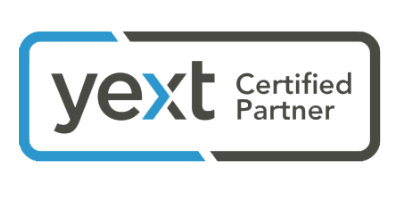
The acronyms mentioned in this article are marketing-related, for the most part. Some are marketing strategies themselves while others affect your ability to implement a marketing strategy. These are terms that your practice marketing director should be aware of.
1) CMS (Content Management System): a program or software that allows you to publish content onto your website. Most CMS platforms use a single interface that allows you to edit and publish new content like you’re working off of a Word document. This functionality is known as WYSIWYG (What You See is What You Get). In addition to publishing content, the CMS will allow you to store photos, videos and other documents. At TRBO, we prefer the well-known CMS WordPress for all of our websites.
2) CRM (Customer Relationship Management): the system used for interacting with current and prospective patients. For medical practices this refers to everything from email marketing prospects to appointment reminders for scheduled patients to EMR (electronic medical records). Unlike the CMS, where one solution can handle everything you need, many practices require multiple pieces. Sure, some quality solutions, such as DemandForce, offer both appointment scheduling and email marketing. However, you cannot integrate lead capture forms from your website with their database. In other words, you need an additional solution to handle marketing to prospects.
3) HTML (Hypertext Markup Language): this is the main coding language used for creating web pages and other information displayed in a web browser. As mention above, most CMS solutions negate the need for HTML knowledge, but it doesn’t hurt to understand some basic short codes. W3Schools.com is a great tool to help you learn some of these short codes and tags.
4) PSD (Photoshop Document): Photoshop is an Adobe product that allows you to design and edit graphics. You can layer images and text, which allows for maximum flexibility when designing a website or even marketing collateral.
5) SEO (Search Engine Optimization): The process of obtaining high organic rankings in the search results. SEO, and SEO companies, have been around since search engines emerged in the 90s. In the “pre-historic” age of search engines it was fairly easy to manipulate them to gain high organic rankings. Now, it takes a consistent strategy that involves producing quality, unique content that’s easily share-able.
6) PPC (Pay Per Click): A model of online advertising where you pay every time someone clicks on your ad. This includes paid text ads in the search results, as well as banner ads on other affiliate websites. These affiliate sites typically collect a percentage of revenue generate when someone clicks on the banner on their site. This advertising model can get pricey for medical practices, with some competitive keywords in competitive regions costing as much a $10 per click!
These are just a handful of acronyms your medical practice should be aware of. There are many more, so if you have any you’d like to share we’d love to hear from you.
To learn more about any of the aforementioned acronyms or how you can better utilize them to streamline and maximize your marketing efforts please feel free to leave us a message here, or call TRBO directly at 877-673-7096 x2.






